Sodium cyanide is a highly toxic compound that poses significant risks to human health and the environment. It is commonly used in various industrial processes, including mining and electroplating, but its potential for harm cannot be overstated. When Sodium Cyanide comes into contact with water, it can release toxic hydrogen cyanide gas, which is lethal even in small quantities. This article aims to provide a comprehensive overview of sodium cyanide poisoning, its symptoms, and the appropriate Antidotes to counteract its effects.
The Dangers of Sodium Cyanide
Sodium cyanide is notorious for its ability to cause severe damage to living organisms and the surrounding soil. Its toxicity is primarily due to its ability to inhibit cellular respiration by binding to cytochrome c oxidase, an essential enzyme in the electron transport chain. This inhibition prevents cells from utilizing oxygen, leading to cellular asphyxiation and, ultimately, death.
The compound can enter the body through various routes, including inhalation, ingestion, and dermal absorption. Inhalation of sodium cyanide dust or hydrogen cyanide gas can lead to rapid onset of symptoms, including respiratory distress and cardiac arrest. Ingestion of even a small amount—approximately 0.06 grams of Hydrocyanic Acid or 0.1-0.3 grams of sodium cyanide—can be fatal. Additionally, skin contact with sodium cyanide can result in poisoning, necessitating immediate decontamination.
Symptoms of Sodium Cyanide Poisoning
The symptoms of sodium cyanide poisoning can manifest quickly and may include:
Respiratory Distress: Difficulty breathing, coughing, and wheezing.
Cardiac Symptoms: Rapid heart rate, palpitations, and potential cardiac arrest.
Neurological Effects: Headache, dizziness, confusion, and loss of consciousness.
Gastrointestinal Distress: Nausea, vomiting, and abdominal pain.
Skin Reactions: Burns or irritation upon contact with sodium cyanide.
In cases of severe poisoning, individuals may experience convulsions, coma, and death if not treated promptly.
Immediate Response to Sodium Cyanide Exposure
In the event of sodium cyanide exposure, immediate action is crucial. Here are the recommended steps to take:
Evacuate the Area: If exposure occurs in an enclosed space, the first step is to leave the area immediately and move to a location with fresh air. This is particularly important for individuals who have inhaled sodium cyanide dust or gas.
Decontamination: If sodium cyanide comes into contact with the skin, remove any contaminated clothing and rinse the affected area with clean water for at least 15 minutes. For skin burns, a 3% boric acid solution can be used to clean the wound.
Seek Medical Attention: Regardless of the severity of symptoms, it is essential to seek medical help immediately. Time is of the essence in cases of cyanide poisoning.
Antidotes for Sodium Cyanide Poisoning
The treatment of sodium cyanide poisoning involves the administration of specific antidotes that can help neutralize the toxic effects of the compound. The following are commonly used antidotes:
Sodium Nitrite: In cases of sodium cyanide poisoning, a slow intravenous injection of 10-15 ml of 3% Sodium Nitrite can be administered. This compound works by converting hemoglobin into methemoglobin, which can bind to cyanide ions, thereby reducing their availability to inhibit cellular respiration.
Sodium Thiosulfate: Following the administration of sodium nitrite, a slow intravenous injection of 25-50 ml of 50% Sodium Thiosulfate should be given. Sodium thiosulfate acts as a sulfur donor, facilitating the conversion of cyanide to thiocyanate, a less toxic compound that can be excreted by the kidneys.
Gastric Lavage: If sodium cyanide is ingested, gastric lavage may be performed using a 10% sodium thiosulfate solution or a 1:2000 potassium permanganate solution. This procedure helps to remove the toxic substance from the stomach.
Ferrous Sulfate: After gastric lavage, an appropriate amount of ferrous sulfate solution can be administered orally to further assist in Detoxification.
Conclusion
Sodium cyanide is a potent toxin that poses serious health risks to individuals and the environment. Understanding the dangers associated with this compound, recognizing the symptoms of poisoning, and knowing the appropriate response measures are crucial for effective management in case of exposure. The timely administration of antidotes, such as sodium nitrite and sodium thiosulfate, can significantly improve outcomes for individuals affected by sodium cyanide poisoning.
It is essential for industries that handle sodium cyanide to implement strict safety protocols and provide training for employees on how to respond to potential exposure. Public awareness and education about the risks of sodium cyanide can also play a vital role in preventing accidental poisonings and ensuring a safer environment for all.
- Random Content
- Hot content
- Hot review content
- Toluene
- Manganese sulfate
- 2-Hydroxyethyl acrylate (HEA)
- Calcium Chloride 74% Flakes
- Sodium alpha olefin sulfonate (AOS)
- Food Additive E330 Citric acid monohydrate
- Strontium carbonate
- 1Discounted Sodium Cyanide (CAS: 143-33-9) for Mining - High Quality & Competitive Pricing
- 2China's New Regulations on Sodium Cyanide Exports and Guidance for International Buyers
- 3Sodium Cyanide 98% CAS 143-33-9 gold dressing agent Essential for Mining and Chemical Industries
- 4International Cyanide(Sodium cyanide) Management Code - Gold Mine Acceptance Standards
- 5China factory Sulfuric Acid 98%
- 6Anhydrous Oxalic acid 99.6% Industrial Grade
- 7Oxalic acid for mining 99.6%
- 1Sodium Cyanide 98% CAS 143-33-9 gold dressing agent Essential for Mining and Chemical Industries
- 2High Quality 99% Purity of Cyanuric chloride ISO 9001:2005 REACH Verified Producer
- 3Zinc chloride ZnCl2 for High Molecular Weight Polymers Initiator
- 4High Purity · Stable Performance · Higher Recovery — sodium cyanide for modern gold leaching
- 5High Quality Sodium Ferrocyanide / Sodium Hexacyanoferr
- 6Gold Ore Dressing Agent Safe Gold Extracting Agent Replace Sodium Cyanide
- 7Sodium Cyanide 98%+ CAS 143-33-9


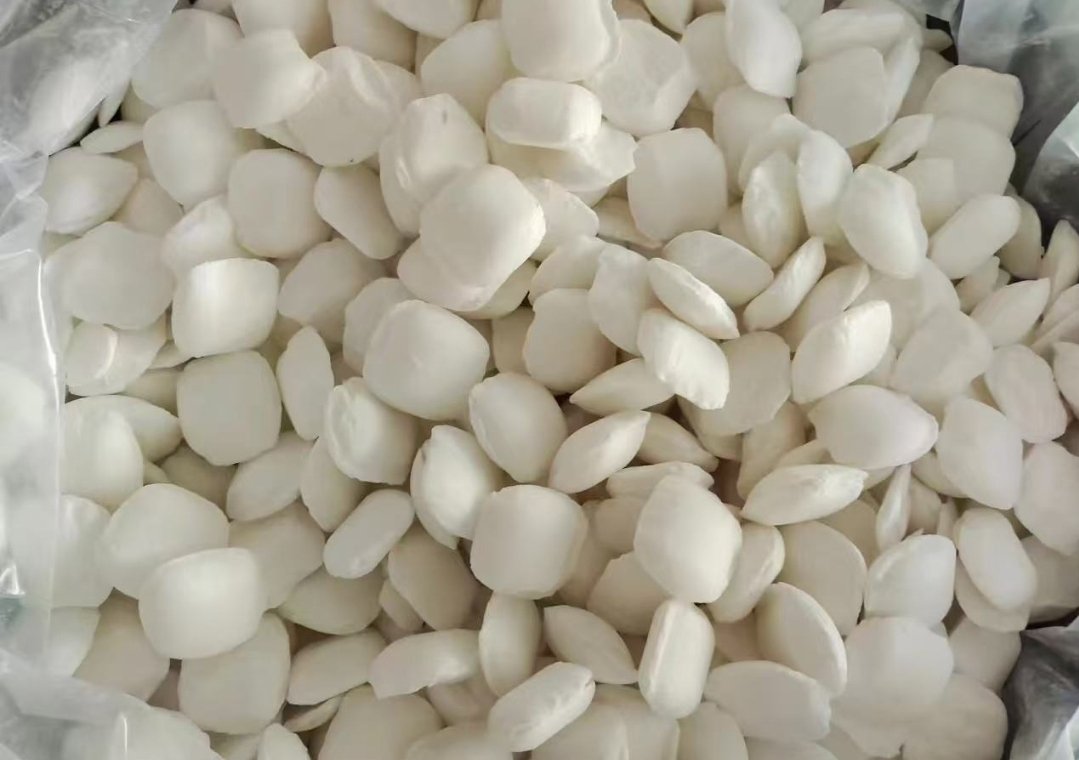
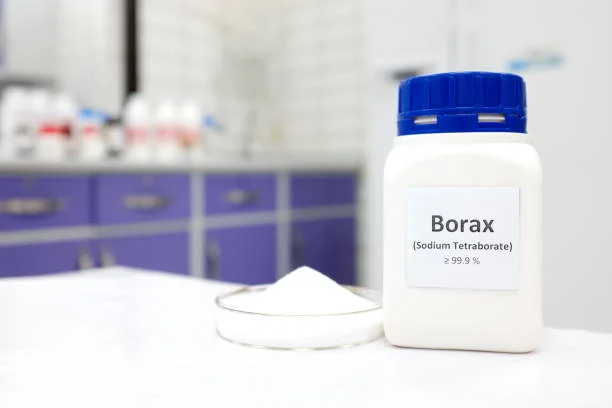
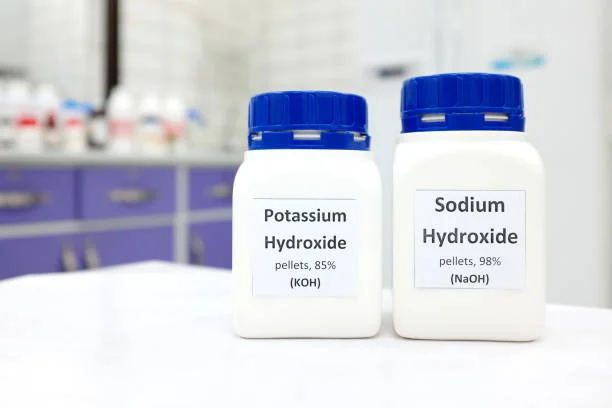
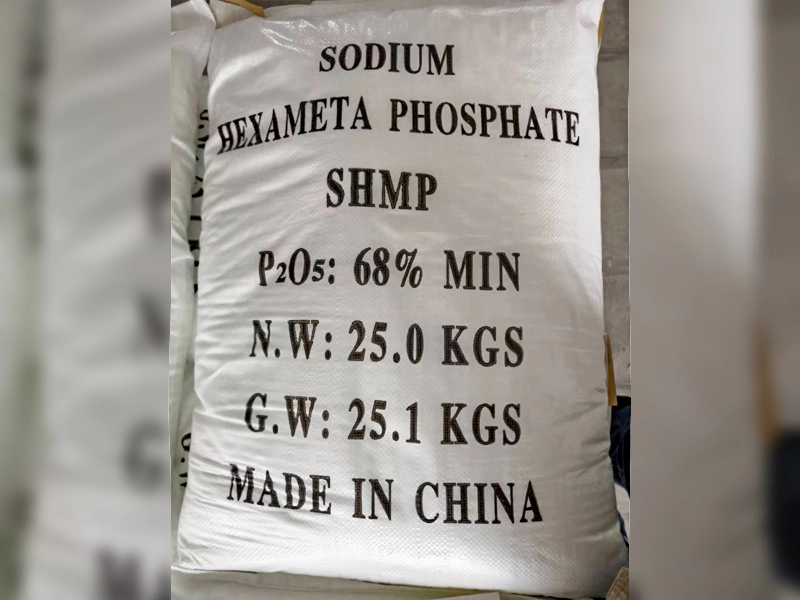


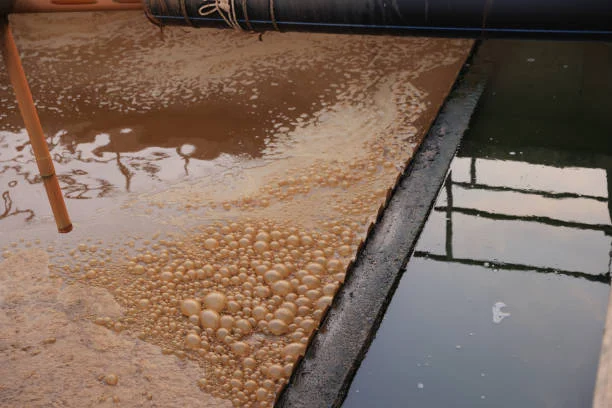


Online message consultation
Add comment: